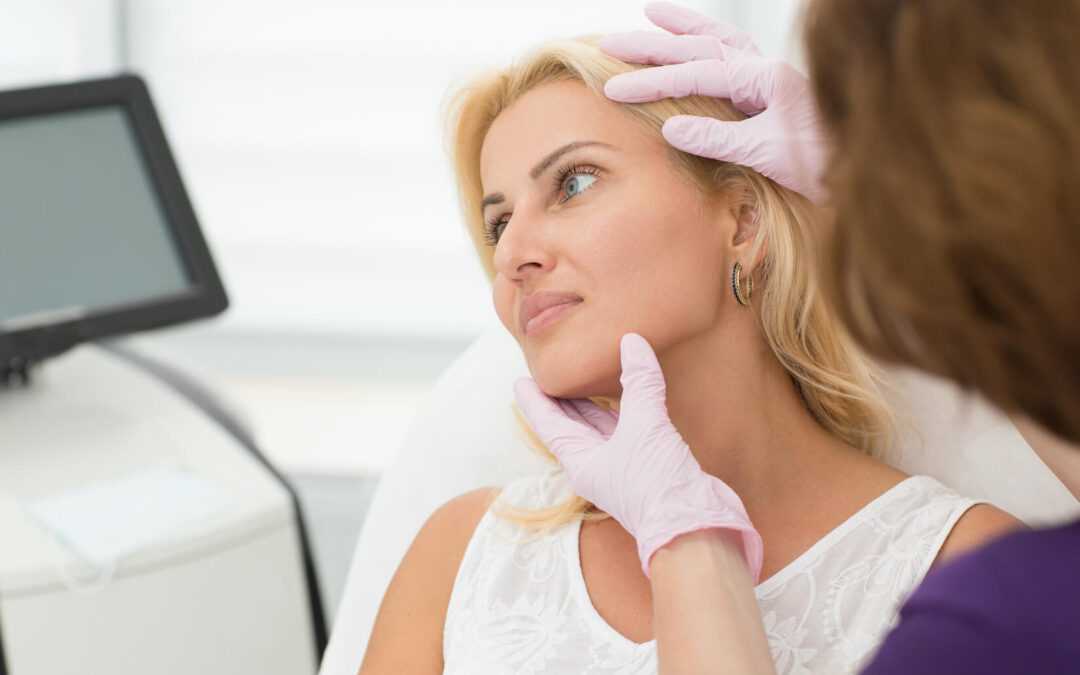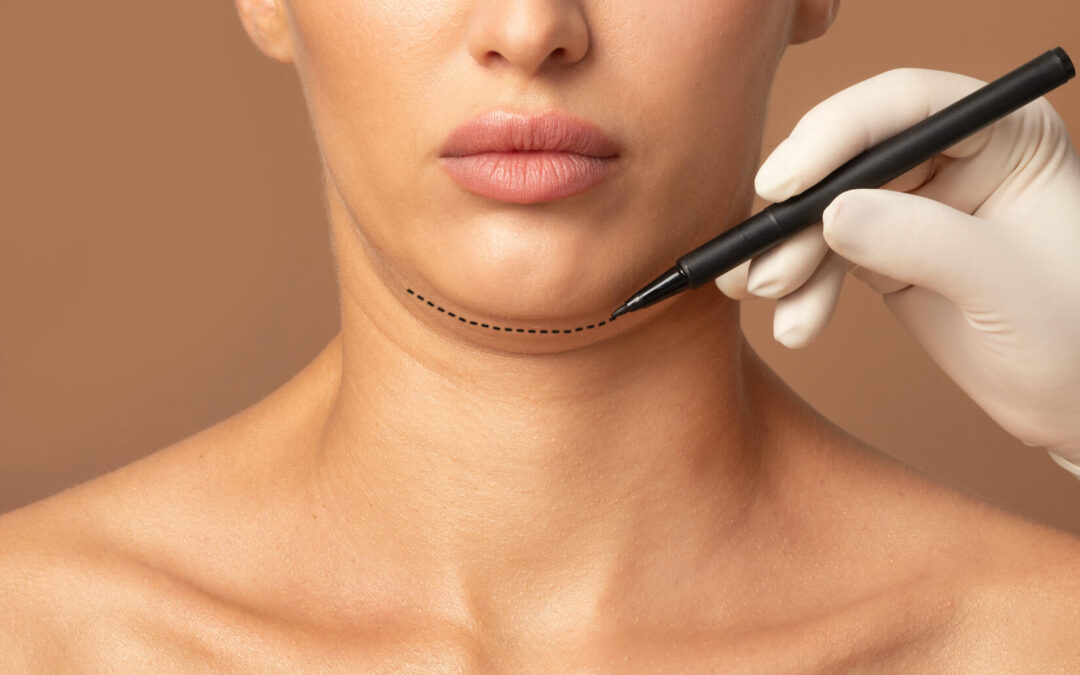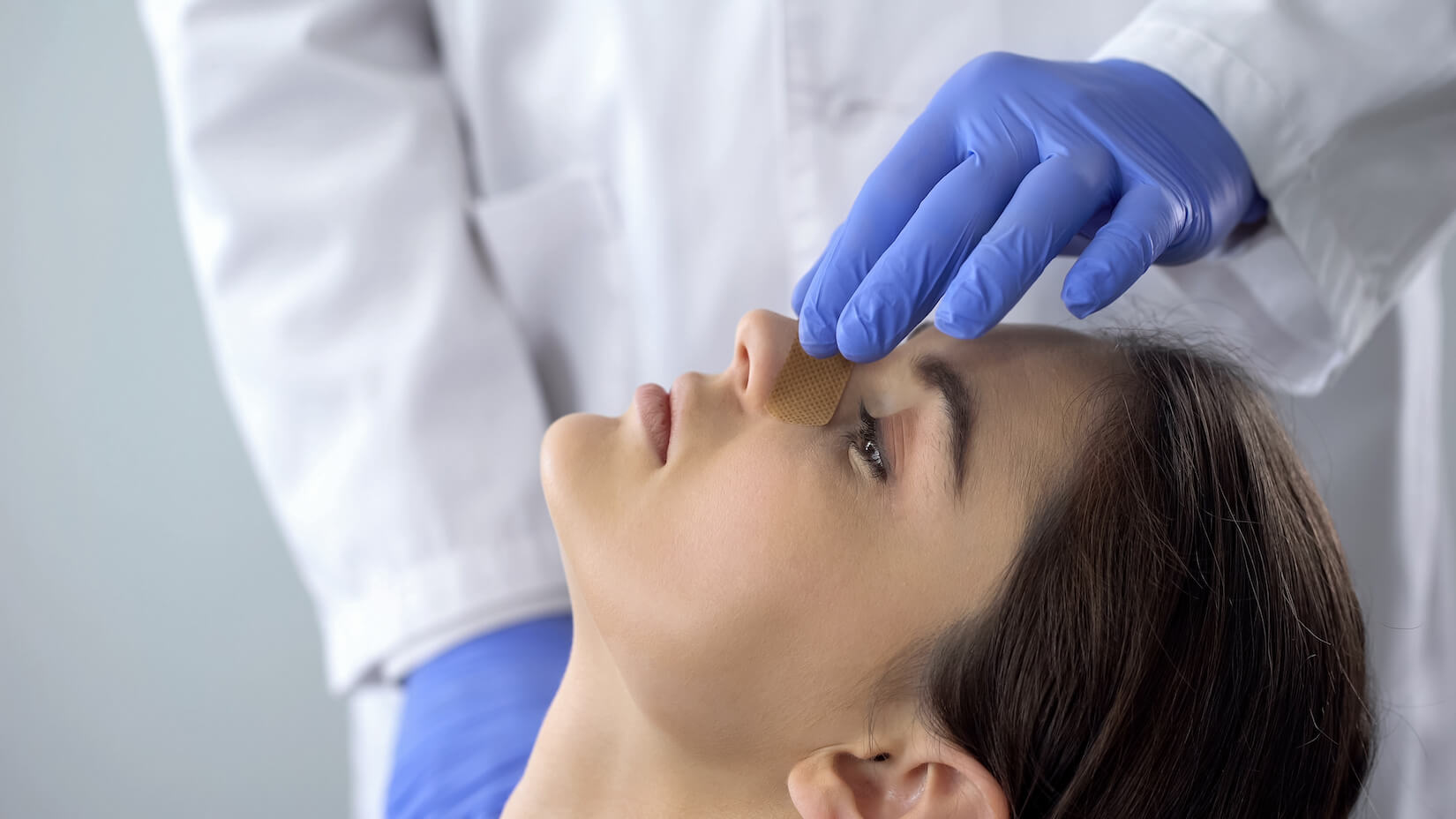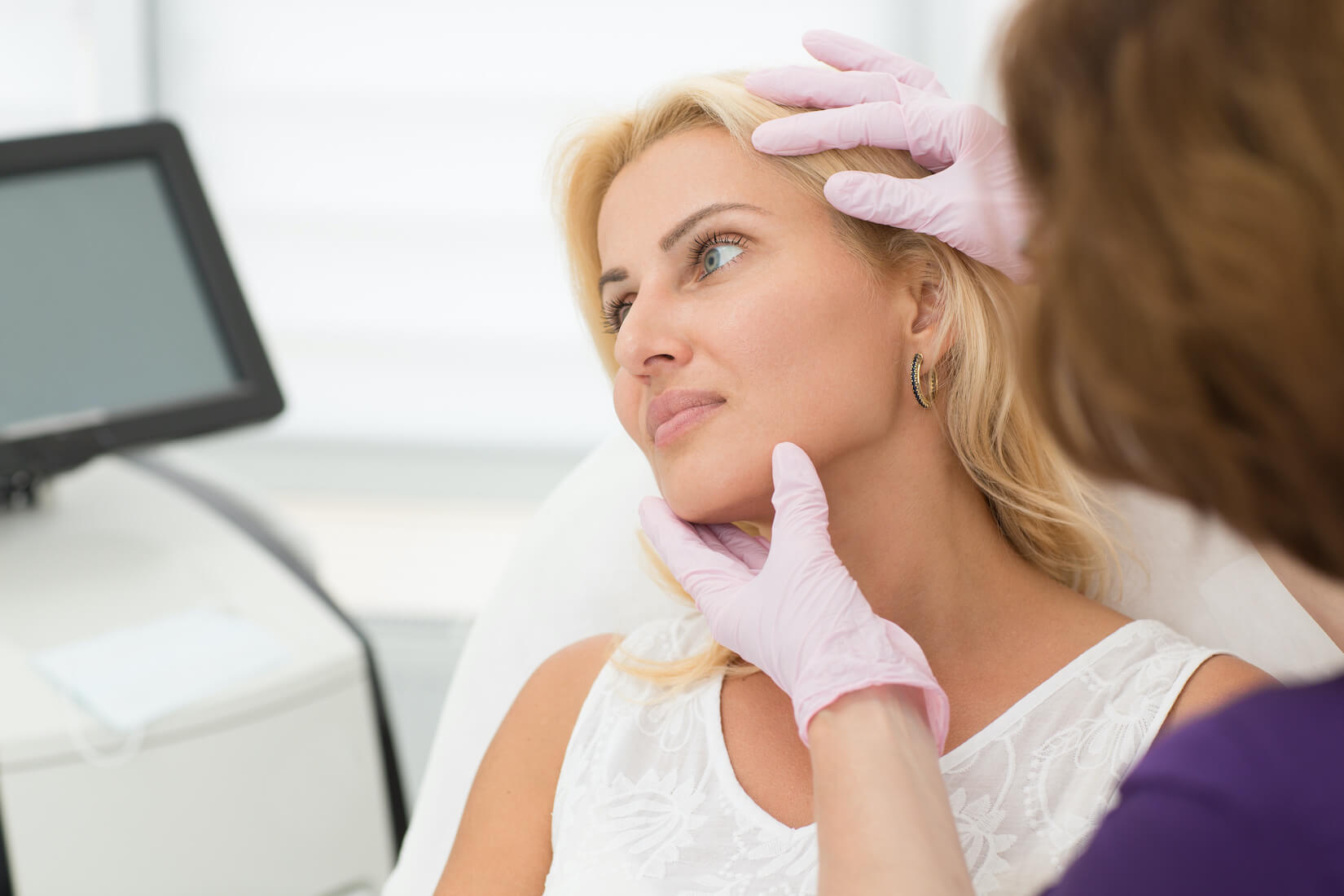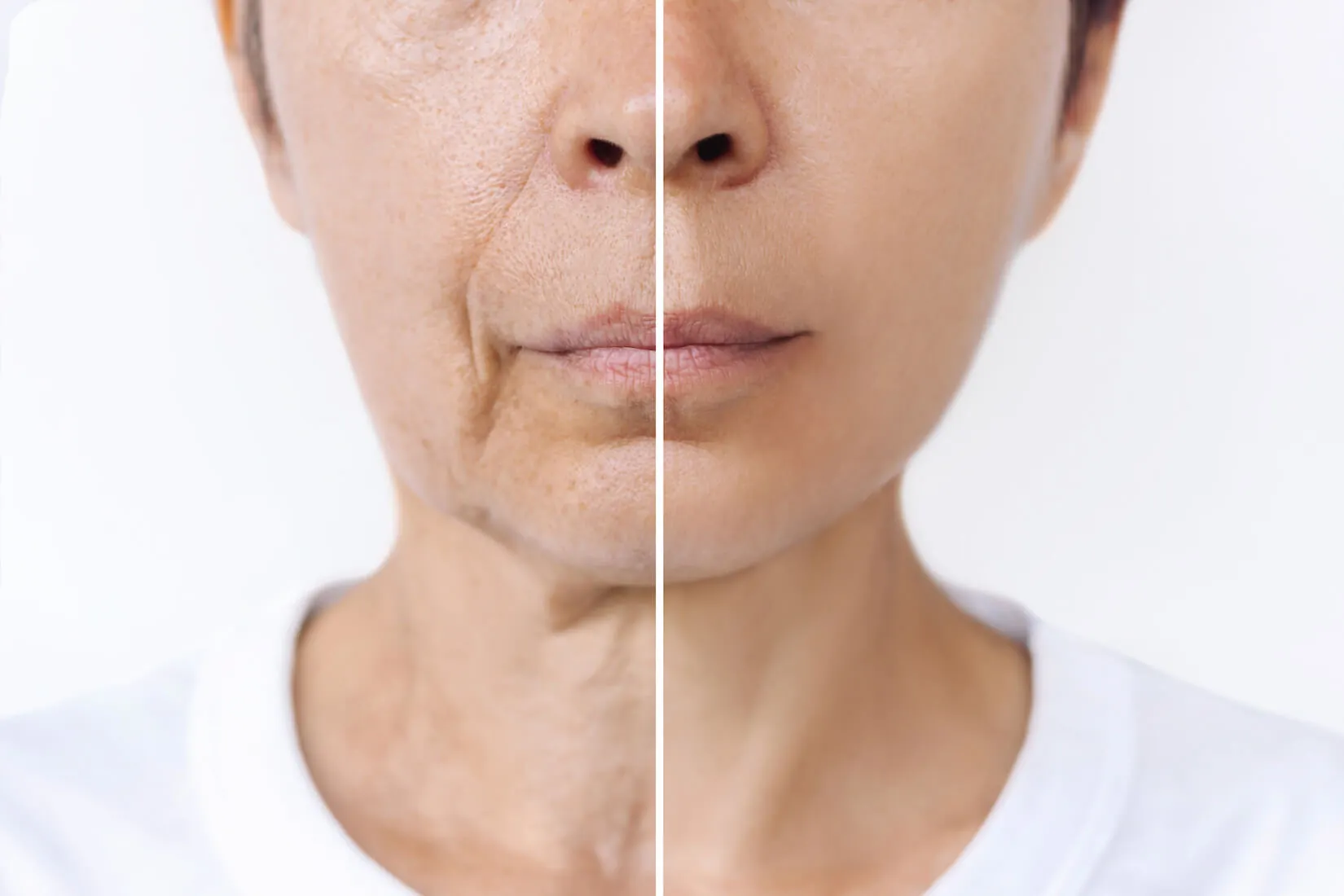Rhinoplasty, or “nose reshaping surgery,” has evolved significantly in recent years, and one of the most advanced innovations is ultrasonic rhinoplasty, also known as Piezo rhinoplasty. This cutting-edge approach uses sound wave technology to sculpt and refine the...



